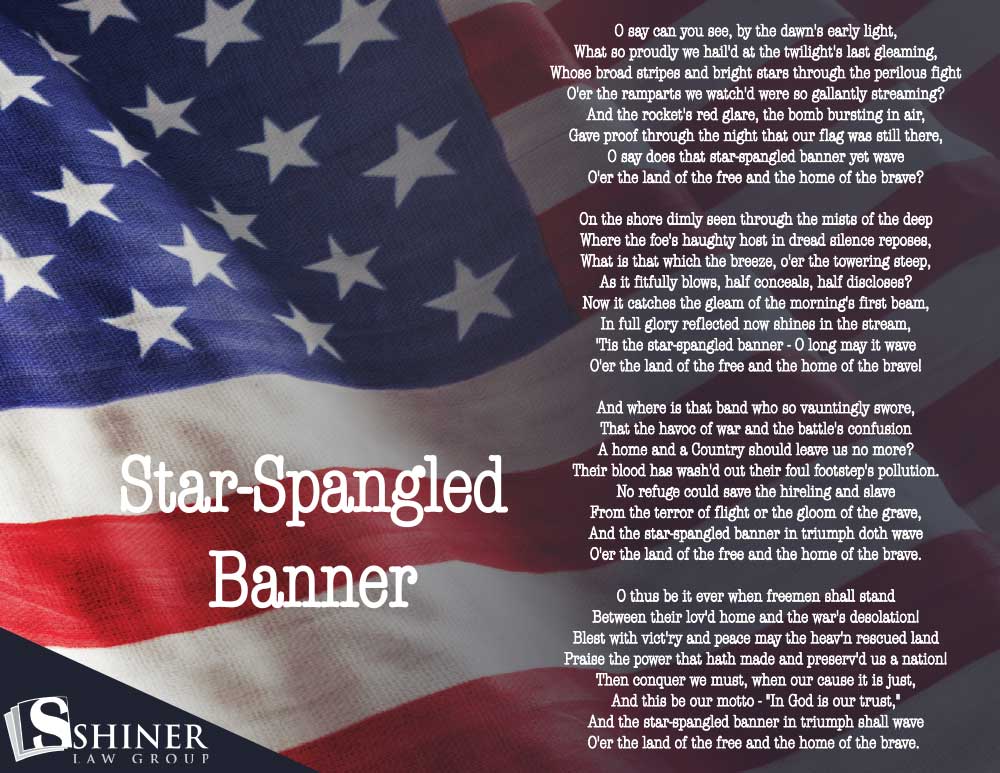
The truth is not always pleasant, but it is always the truth. This is the story of Francis Scott Key and the writing of a poem that became the national anthem.Īs you celebrate Independence Day, ask yourself if, as Americans, we have the courage to admit when something is really wrong with one of our traditions.

Key believed that anyone who would consider abolishing slavery was willing to “associate and amalgamate with the Negro.” And to him that justified execution. Some people try to claim he was writing about some other group of “slaves,” but there is no historical evidence that “slave” referred to anyone other than black enslaved people, whom Key viewed as “a distinct and inferior race of people, which experience proves to be the greatest evil that afflicts the community.” As a prosecutor in DC, Key sought the death penalty for a man who possessed abolitionist literature. His message to the blacks fighting for freedom was unmistakable-we will hunt you down and the search will leave you in terror because, when we find you, your next stop is the gloom of the grave. O’er the land of the free and the home of the brave.

No refuge could save the hireling and slaveįrom the terror of flight or the gloom of the grave.Īnd the star-spangled banner in triumph doth wave In the third verse, Key had a special message for the enslaved people who had dared to fight for freedom-we will pursue you to get revenge: After seeing the White House burn and the fort survive, Key became so moved that he wrote a poem that became the national anthem. and then make it available to them via Google.In September, Key also witnessed 25 hours of continuous British bombardment of Fort McHenry in Baltimore. You can make any needed adjustments in the instructions such as which activities students need to complete, when it is due, etc. In Google, choose "File" then "Make a Copy" to get your own copy. Slides: The Star-Spangled Banner Slide Activity (Google Slides) They can define and present the terms in a jigsaw activity to save time.

Students can use the handout below to view and define vocabulary terms that will appear in the lesson. You can also save and share the following Google resources for students to use with this lesson.

You can post links to the videos in the lesson along with the related handout and engage in discussion to share responses on a discussion board or learning management system. It can be completed in steps as a class or students can move at their own pace and complete the activities independently. This lesson offers several options for you to use with your students whether you are teaching in class, using a hybrid model, or engaging through distance learning.


 0 kommentar(er)
0 kommentar(er)
